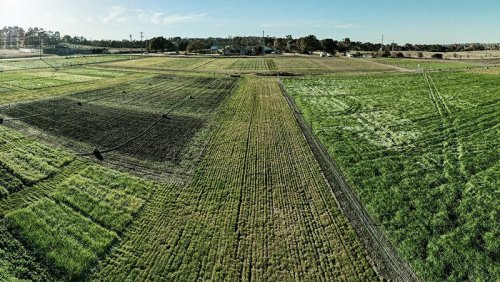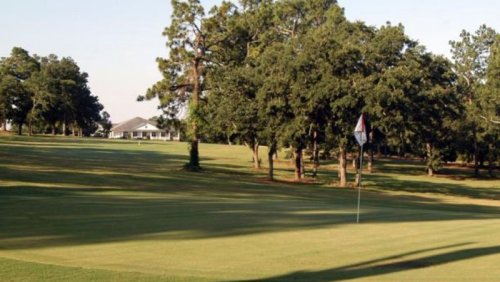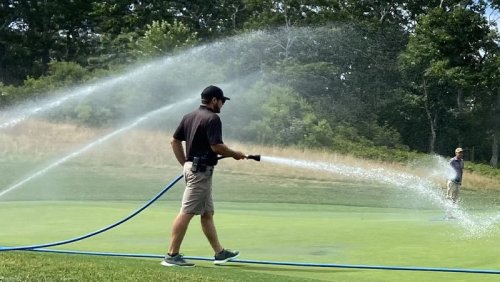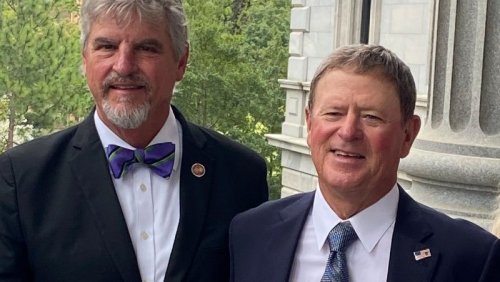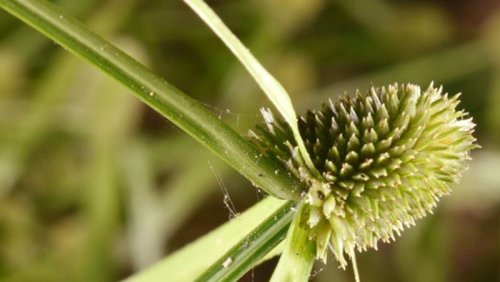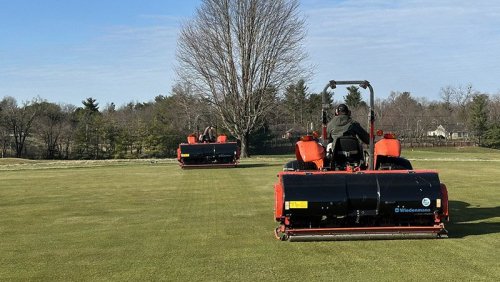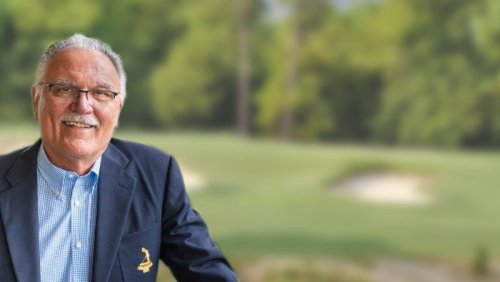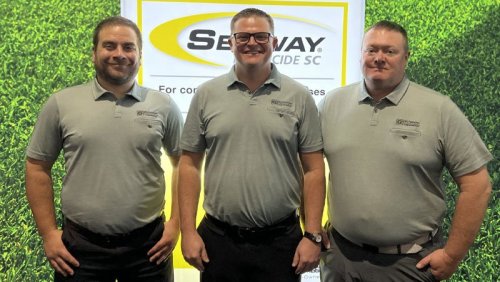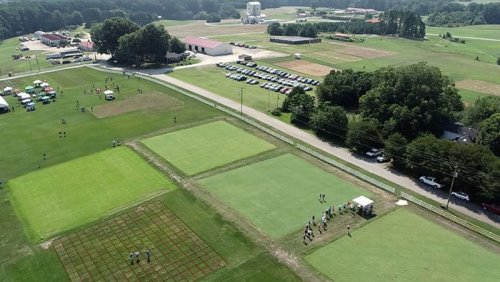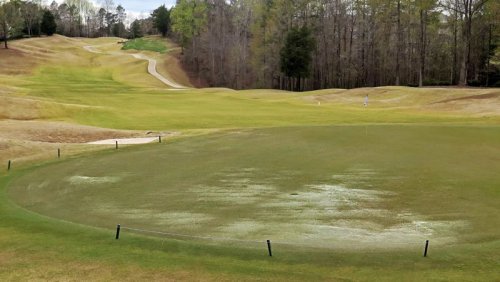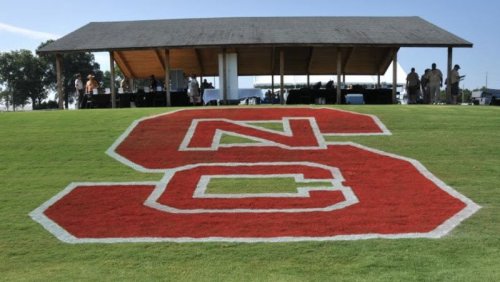
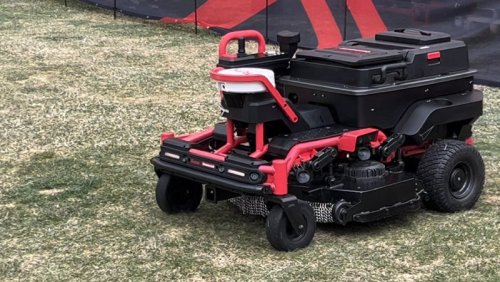
Held April 3 in Colorado Springs, Colorado, the summit was the site of the unveiling of the company's new battery-powered KR800 40 "Cut N Go" robotic mower. The emission-free, electric, ZTR-replacement mower helps improve operational efficiency and profitability by mowing large areas in the background as crews focus on detailed and more time-consuming tasks. Cut N Go is designed to navigate with by mapping — a simple ride-on process — multiple areas.
"Our mission for Kress Commercial Robotics is to be much more than a products company, and instead to be the premier technology provider in our industry," said Don Gao, founder and CEO of Kress' parent company Positec.
With a 40-inch cutting deck, the battery-powered Cut N Go can mow as many as five acres on a single charge. The mower autonomously loads and unloads from a trailer, and can move on its own from one project to another after initial property mapping. It features a 5,000-hour operational life and fully integrates into the Kress Fleet Management System. With boundary-wirefree navigation and 360-degree obstacle avoidance Cut N Go avoids people and other objects.
The battery-powered KR800 40 Cut N Go robotic mower from Kress that can cut up to 5 acres on a single charge will be available early in 2026. Features of the Cut N Go are:
40-inch cutting deck Autonomous trailer loading and unloading Battery supports all day operation 5000-hour operational life Integrated with Kress Fleet Management System 360-degree obstacle avoidance Ride-on for perimeter mapping and commuting Level 5 autonomous driving capability The Cut N Go mows precise patterns using RTK-positioning technology that originally was developed by the U.S. Department of Defense. The unit features Level 5 autonomous driving capability, which means after the initial mapping process it requires no direct human interaction to complete its tasks.
"Built for all-day operation with zero emissions, Cut N Go fits seamlessly with any crew that currently uses a ZTR while increasing labor efficiency and protecting crews from breathing harmful emissions," said Todd Zimmerman, vice president of product development.
The Cut N Go unit will be available early in 2026.
- Read more...
- 2,267 views

